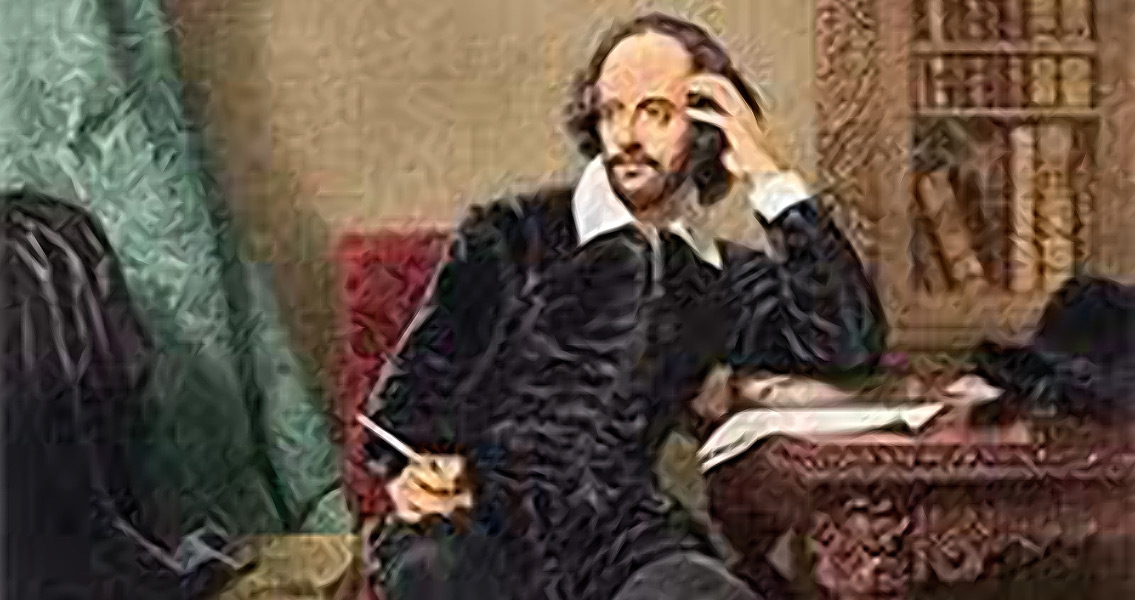<![CDATA[Establishing a “brand” has long been considered a measure of status and achievement, and in William Shakespeare’s world –Elizabethan England – this practice took the form of heraldry, the formal recognition of a family’s respectability and achievement in the form of an official crest, known as a coat-of-arms. New documents unearthed by Heather Wolfe, a curator at the Folger Shakespeare Library (Washington, D.C.) offer evidence that Shakespeare himself wasn’t above wanting to raise his status by acquiring a coat of arms for his family. It’s been long-known that in the late 1560’s or early 1570’s, William’s father, John Shakespeare, made inquiries regarding the acquisition of a coat-of-arms, which he never pursued, possibly due to the cost. At a price between £10 and £30 they were prohibitively expensive (by comparison, the annual salary of a school teacher then was £20) and money alone wasn’t enough, a person also had to prove that they, or their ancestors, were deserving of the honor. More ceremonial than practical, the grant of an official crest entitled a person to carry a sword and to use the title of Gentleman. To be granted the right to bear a coat-of-arms, an application is made to the College of Arms for consideration by a panel of men known as Heralds. Amazingly (or maybe not), the College of Arms is still in existence today, actively reviewing and approving coats-of-arms applications. According to the newly discovered records, William Shakespeare took up his father’s quest for a coat-of-arms. In October of 1596, he resubmitted the application based on his father’s employment as the Stratford-Upon-Avon bailiff, and the military service of his great-grandfather. His father was elderly by then, and William was enjoying his success as a poet, playwright, and actor. The request was granted. Several of the documents refer to Shakespeare as “the actor” or “the player”, according to an article in the Smithsonian, providing evidence that Shakespeare did indeed write the plays that have been attributed to him (some historians have questioned whether Shakespeare actually wrote the plays that bear his name). Additionally, they also reveal that while it’s believed he renewed the application on his father’s behalf, he was just as interested in achieving legitimacy and respect for himself. The Shakespeare crest is a yellow shield, with a black diagonal stripe and a falcon holding a spear pictured above it. Within the stripe another spear is shown, with a tip that looks very similar to a pen nib. The motto written on the bottom is “Non sanz droict” (Not without right). Following the official grant, Shakespeare started using the Gentleman title, and the coat-of-arms can be found on his monument, located at Stratford, and carved into a chair owned by him and his wife. In a scandal reminiscent of today’s tabloids, in 1602, one of the Heralds at the College of Arms claimed that a number of grants made in prior years were to “base persons”, accusing a fellow Herald of corruption. Because acting was not considered a suitable profession for a gentleman, Shakespeare was among those singled out. Ultimately, his grant was upheld. ]]>
New Records Show Shakespeare Established His Own Brand
